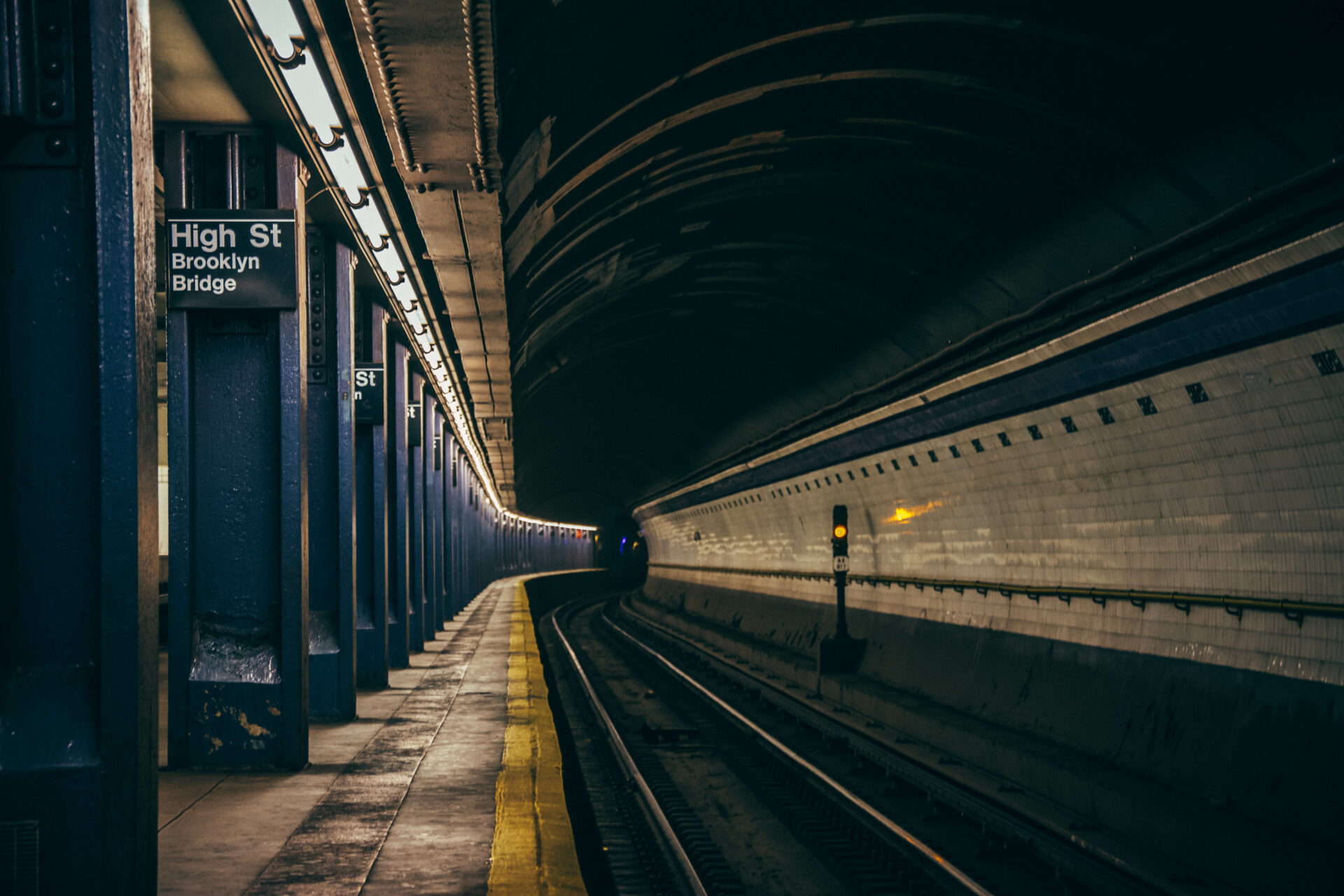Governor Cuomo’s approval ratings have taken a dive this past year because of the many issues involving the Metropolitan Transit Authority (MTA). With so many problems dogging this institution, it’s time for New Yorkers to demand a new approach to the transportation industry.
There is a problem when you have one person, or even a governing body, making decisions regarding something they know very little about. The lack of knowledge regarding transportation, engineering, and other related fields is not under criticism; politicians aren’t expected to know what makes every industry thrive. But their lack of knowledge should disqualify them from deciding what to improve within the MTA. This important role should fall to the engineers—the people who know the technology—who can assess which upgrades are needed. Unfortunately, because the MTA is funded by taxpayers, government makes the decisions, not the knowledgeable industry leaders.
The First Step Toward Innovation
Government stifles technological innovation, which happens especially when enforcing monopolies. Allowing the subway system to exist within a free enterprise would be ideal for improving rail technology and even customer satisfaction. The argument against a decentralized subway system is that it would mean that one corporation would become an abusive monopoly. But isn’t that what the MTA is now? It is a government-run monopoly that abuses the consumers all the time. Fires have started. Trains have swerved off the tracks. A train even broke down in the middle of the subway leaving hundreds of people stranded in the dark for 45 minutes. If the MTA was owned, funded, and operated by a non-public corporation, they would have incentive to make customers happy. This is something that doesn’t happen within government programs, and it is exactly what the MTA is lacking. Moving the MTA to the market would be an extensive step and not one that should necessarily happen in one swoop. However, there are steps we can take to get to that point.
Take Hong Kong, for example: they use a public-private partnership for their subway system, the Mass Transit Railway (MTR). Hong Kong and New York transit systems have roughly the same number of regular riders, yet there is an incredible difference between revenue, profit, fare prices, and consumer satisfaction. In 2013, the Hong Kong MTR spent about $2.18 billion in transit revenue (about a quarter of the MTA’s $8.4 billion), charged, on average, $1USD per ride (compared to MTA’s $2.75), yet has a 99.9% on-time rating for train schedules (MTA is at about 72%). Not only that, but they make a profit: more than $1 billion per year! Compare that to the MTA’s $38 billion debt that has been lingering for 30+ years. Why is there such a stark difference between the two (including the remarkable differences in cleanliness and aesthetics)? A large part of it is because there are shareholders involved who have a profit incentive to do well by consumers or risk losing a lot of money.
Options Lead to Innovation
By loosening the bureaucratic stronghold on the MTA, there would be less waste and we would start to experience real improvements and eventually see progress with cosmetic upgrades (but the internal problems would need to be dealt with first and foremost). The subway system currently uses technology decades, and in some cases over a century, old and is in desperate need of an overhaul. Of course, another issue is that rail infrastructure itself is becoming obsolete due to technological advances of electric driverless cars and buses. Instead of spending an obscene amount of money fixing antiquated railways, companies could eventually use the already built subway tunnels for electric busses. This is just one of many possibilities.
What makes a business perform well? Incentives and choices. The MTA has neither of those. They don’t have any profit incentive because most of the funding comes from taxpayer money and government subsidies. And of course, there is no competing subway system. Because of this, it really doesn’t matter how poor of a job it does; people still need to use it. Companies like Uber and Lyft help commuters to a certain extent, but traffic congestion is its own issue and isn’t necessarily an option for those who need reliable transportation. But with Uber and Lyft, we can see how opening the market to allow more companies to participate gives consumers a lot more options and at lower prices. If the MTA was subjected to the market, because of the enormous debt it currently has, it would have filed for bankruptcy years ago and been forced to fix the issues instead of just throwing more taxpayer money at the problem. As Larry Sharpe has said, “The MTA needs more competition. It’s as simple as that.”
An example of choices within the transportation market is with busses. Chariot, a Ford-based shuttle service, opened in New York recently to provide competition to the bus system. You simply set up the starting and ending addresses as well as an ETA, and a shuttle bus picks you up with a guaranteed seat. This leaves more room on city buses and forces the city busses to lower fares to attract consumers. Who knows what other possibilities there are when we let the professionals handle the industry, not the bureaucrats.
The bureaucratic answer is always more subsidies. But with subsidies, wasteful spending is pretty much guaranteed. At what point do we say: “Throwing money at the problem isn’t helping; let’s try something else!” We could try a private-public partnership at first. Or we could simply have more subway options sharing a rail. There are many possibilities if we let industry leaders innovate. Larry Sharpe is willing to try something new. Are you?
Please donate or volunteer here. Follow Larry on Facebook and Twitter for more information.

One thought on “Reinventing the MTA: Improvement through Innovation”